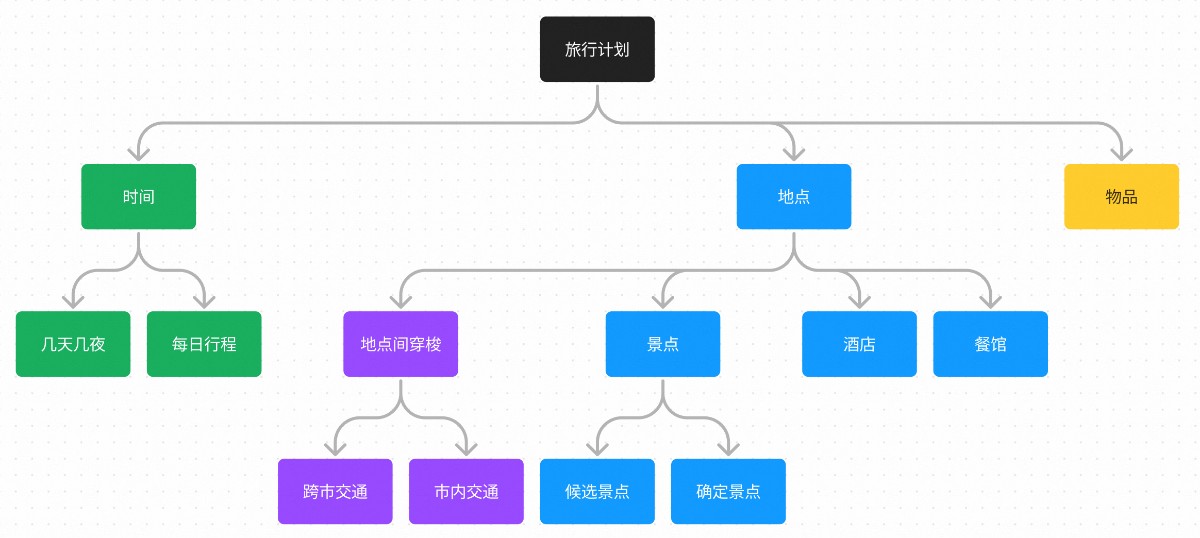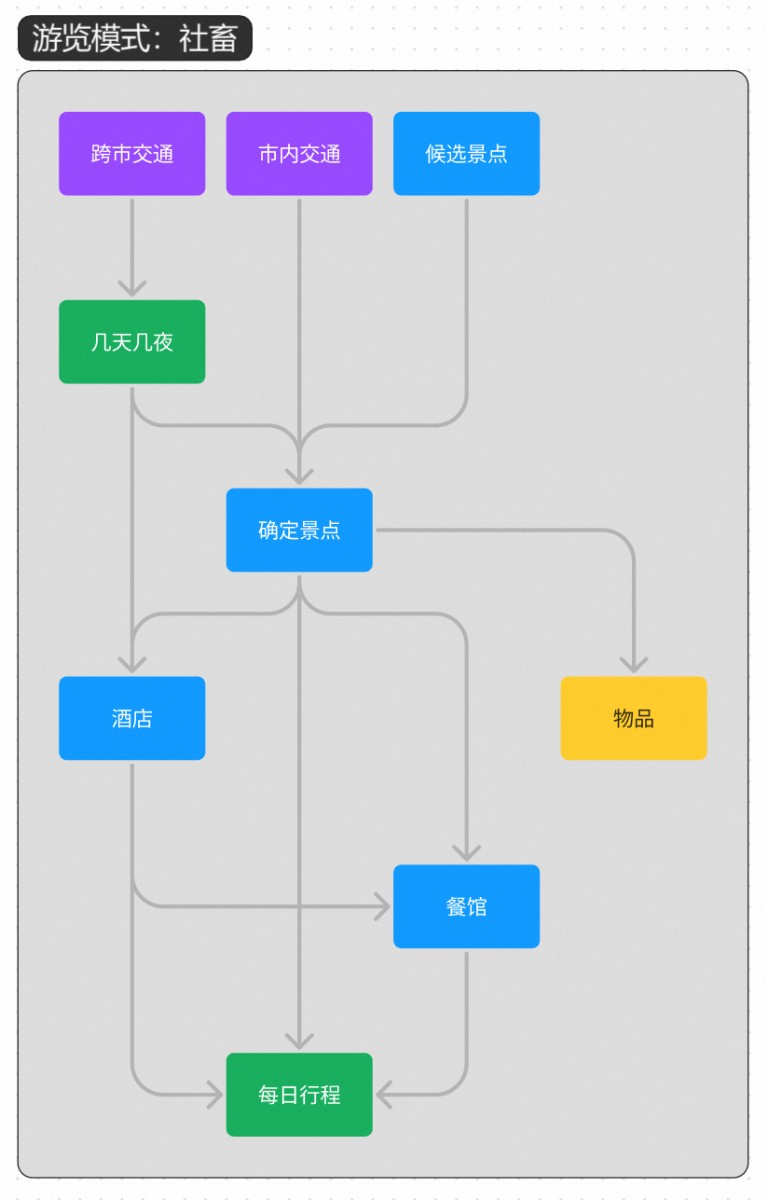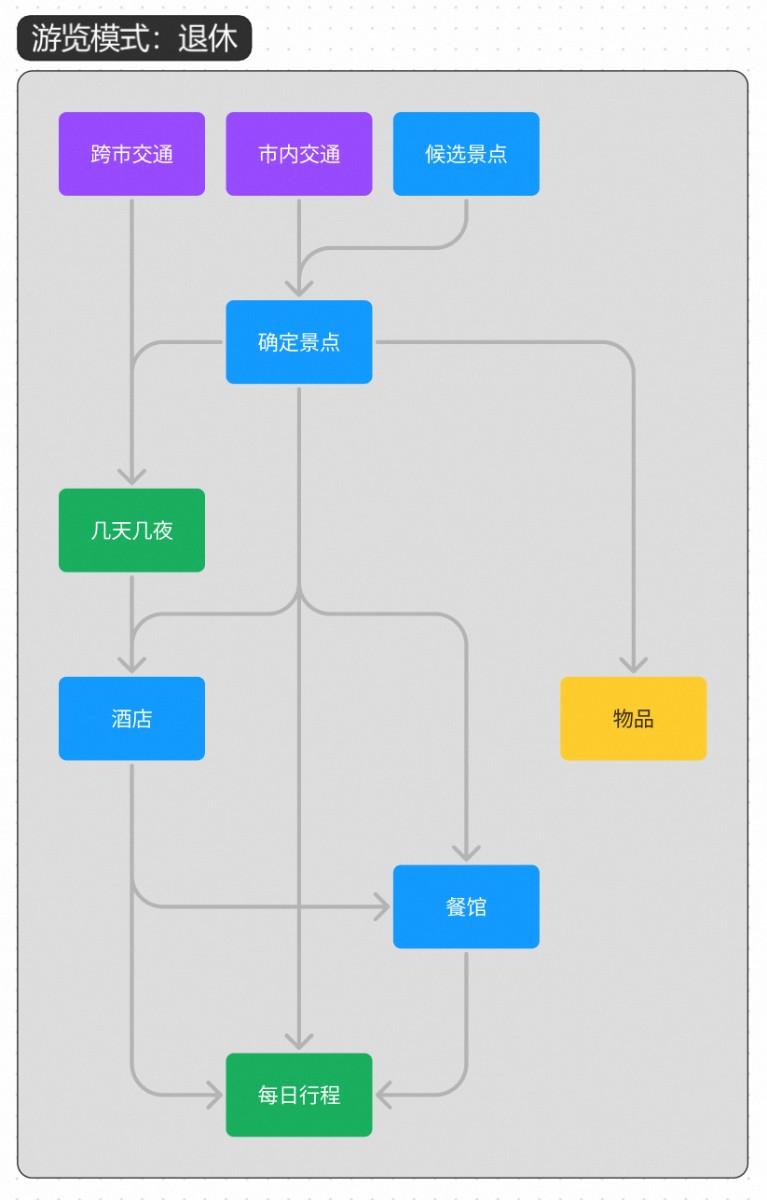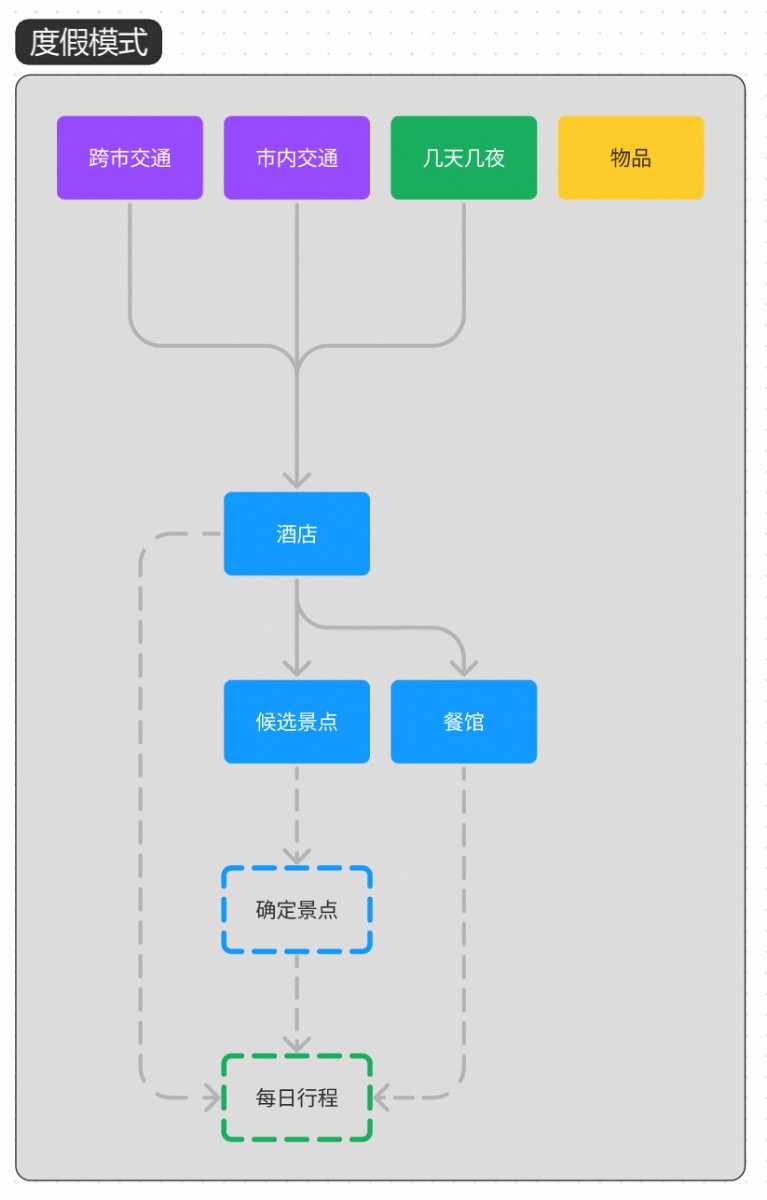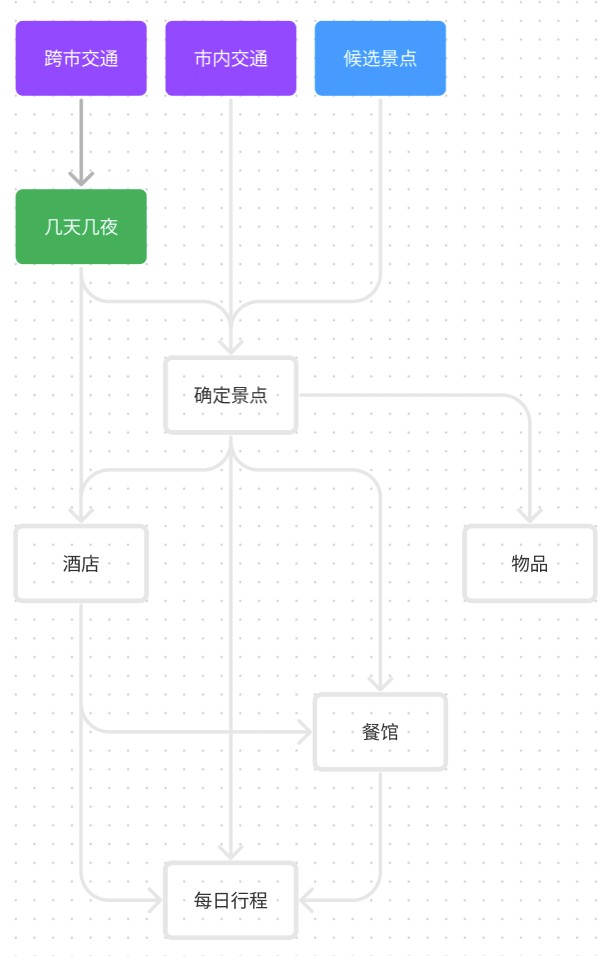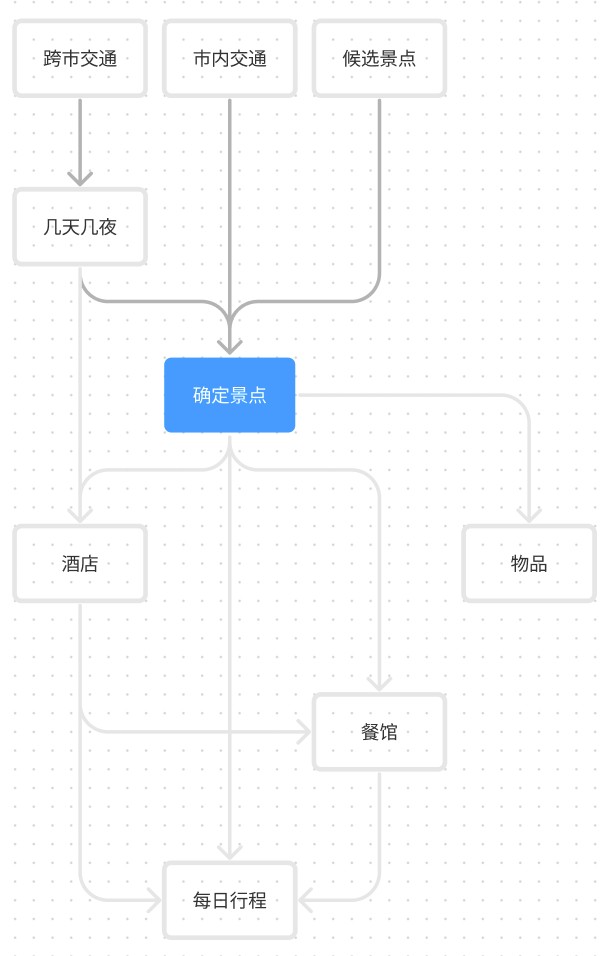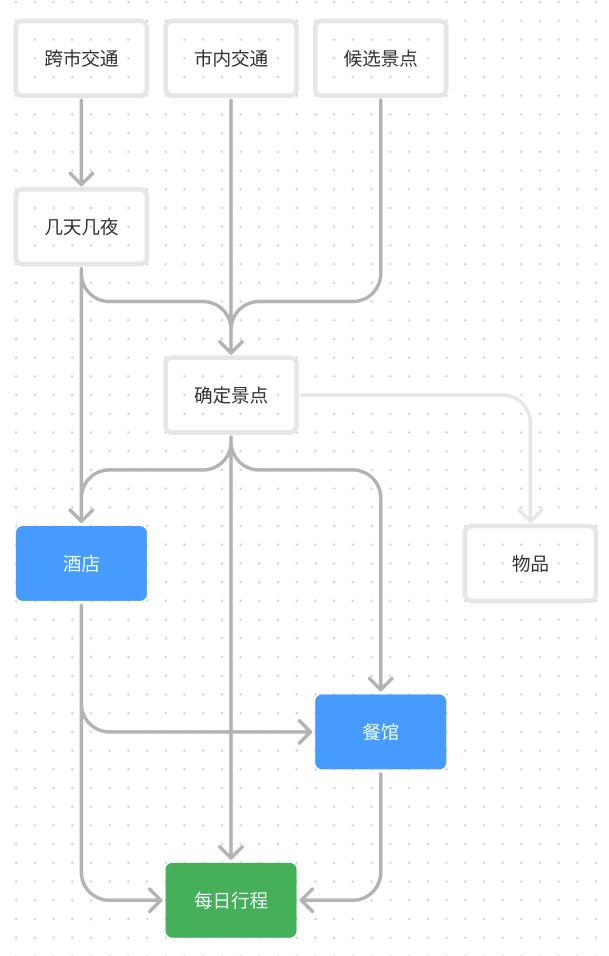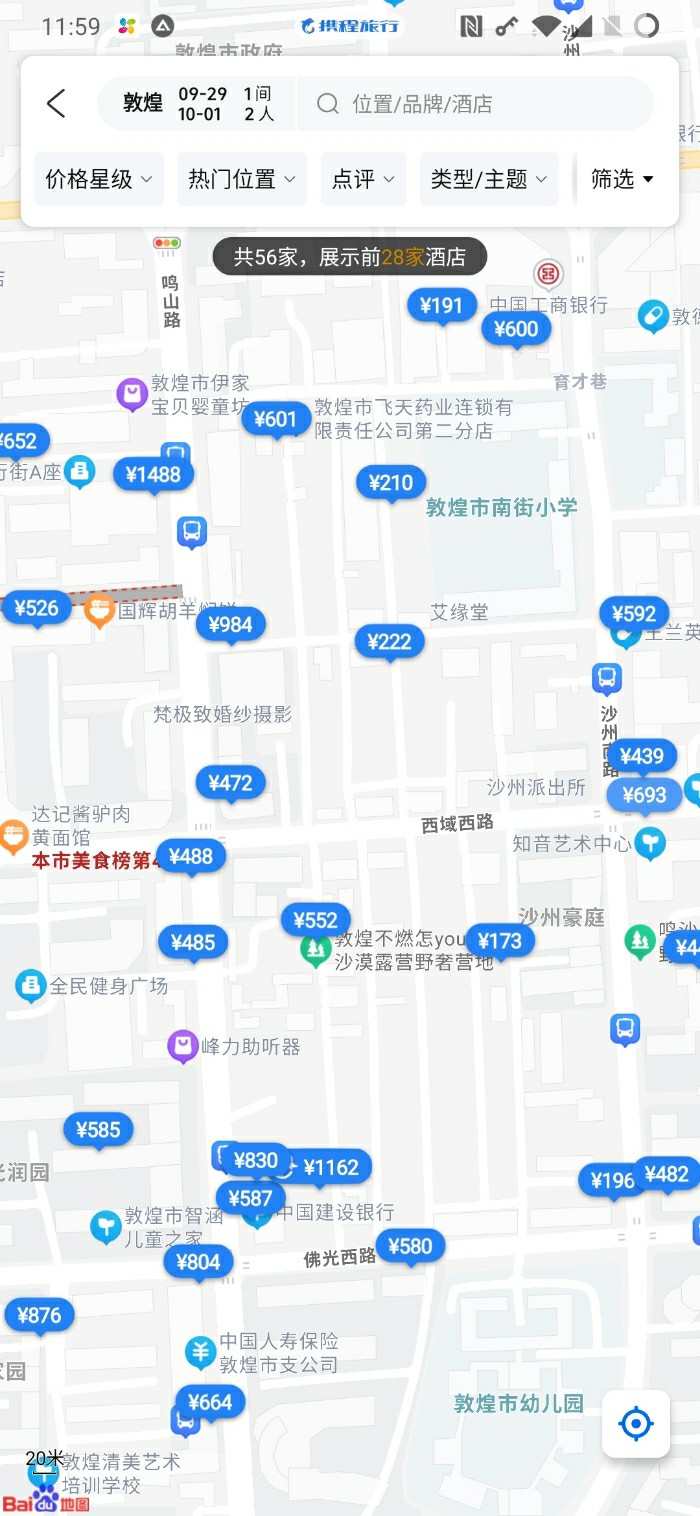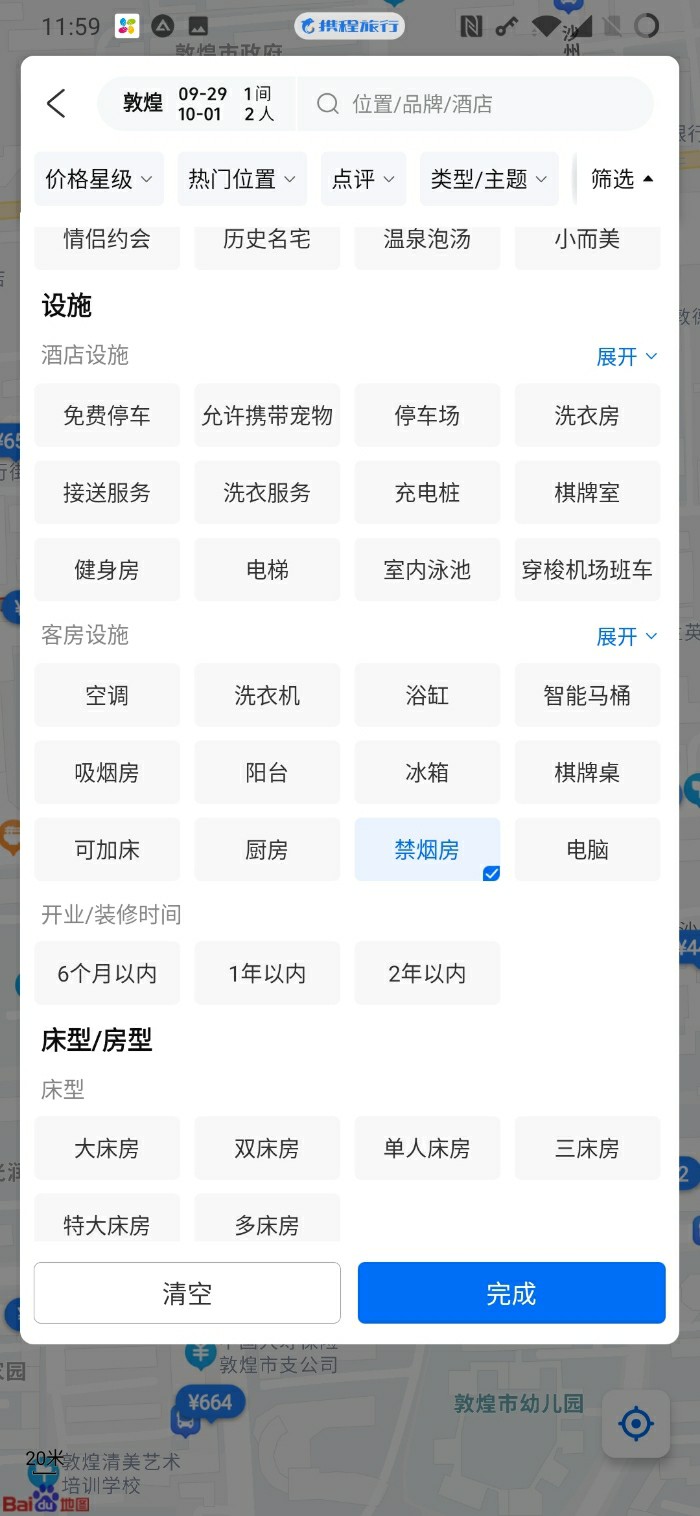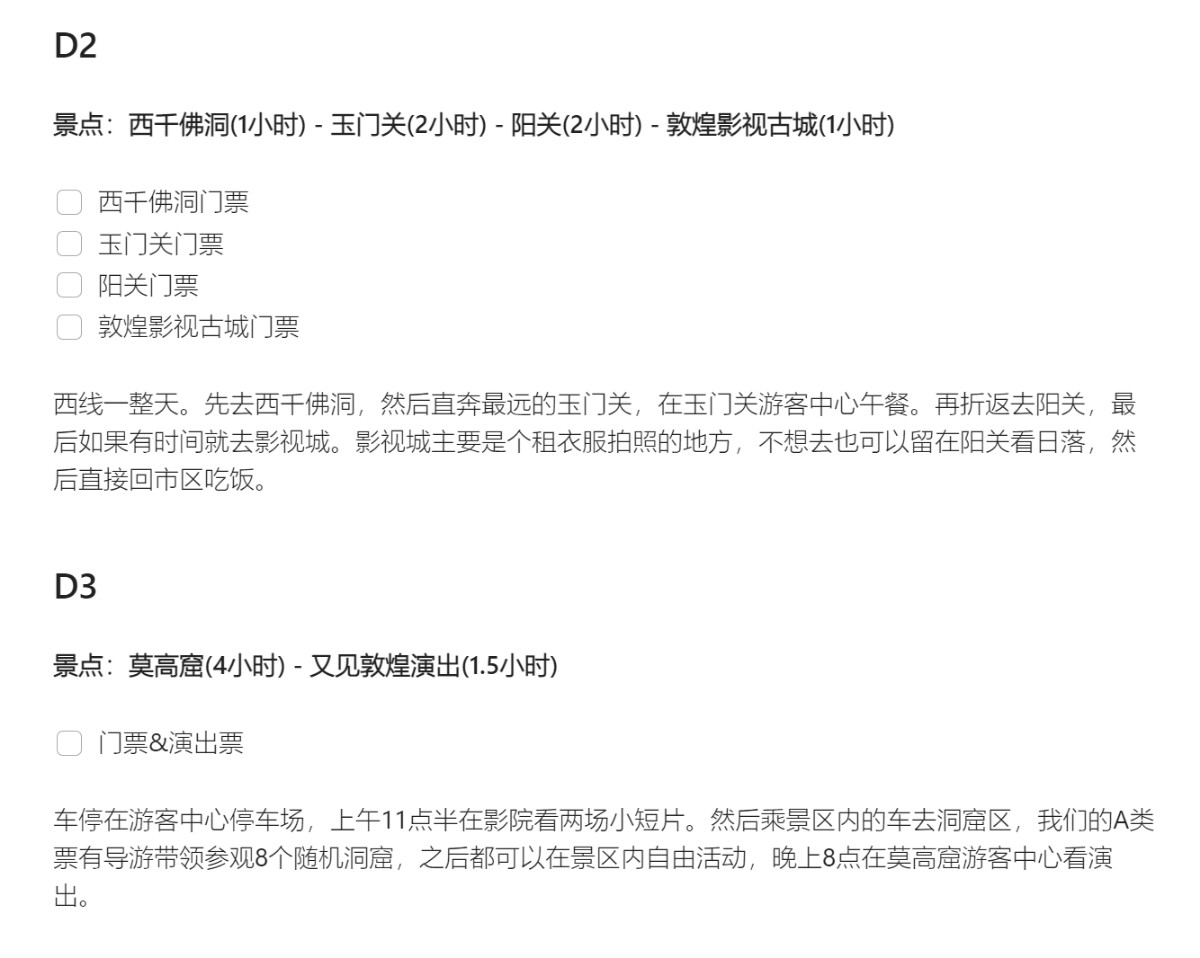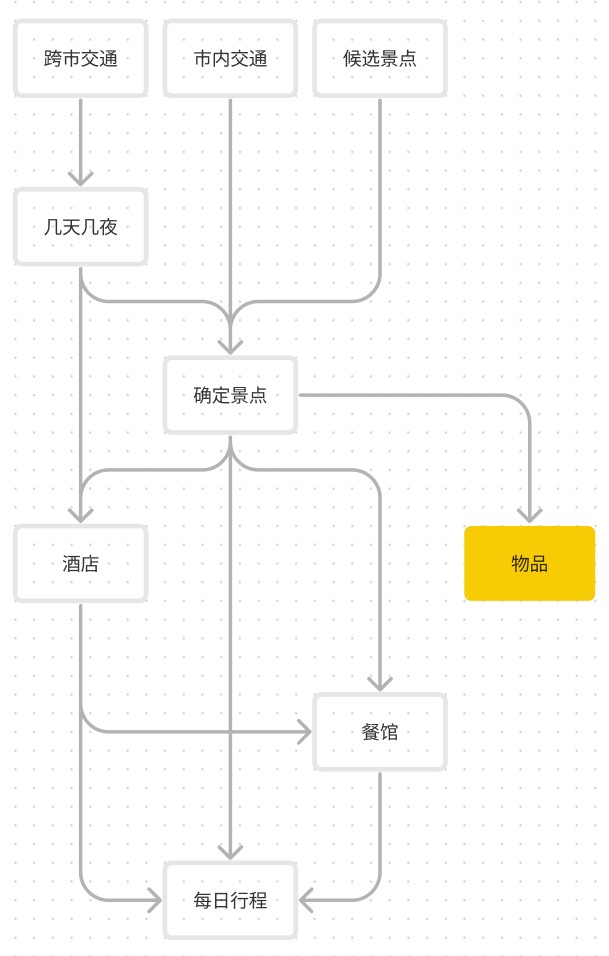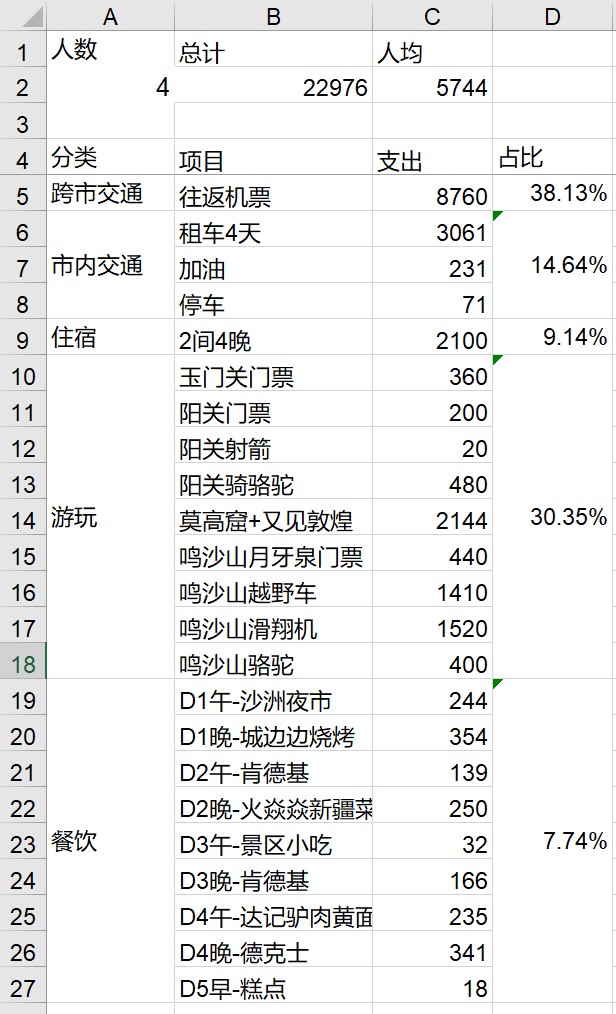Most people travel, but few plan meticulously. Accommodation, food, transport, tickets—it’s all interconnected. One change can throw everything off. This complexity discourages many from detailed planning. They book flights and hotels and wing it. But beneath the apparent spontaneity lies potential chaos.
As summer turns to fall, the weather’s perfect for travel. I’ve been deep in trip planning lately, which got me thinking: how do you systematically plan a trip? With a solid framework, travel planning becomes straightforward, turning a jumbled mess into a smooth process. Follow this, and you can create travel plans quickly and easily, without losing flexibility.
Breaking Down the Elements
Before I share the method, let’s start with the underlying logic.
Travel aims for enjoyment, but it’s still physical. Real-world needs apply. Coordinating these needs is the reason for a travel plan. The key to simplifying it all is almost too simple:
You can only be in one place at a time.
We’re bound by 3D space and 1D time. Your body must be somewhere, and you can’t be in two places at once. Time, too, marches on.
Therefore, planning a trip boils down to filling each moment with a location.
Obvious so far, but here’s where it gets useful:
Travel elements break down into time, location, and items. Time and location define your environment. You are the trip’s subject. You know you; what needs planning are your extensions (your stuff) – items.
We further break down time and location, laying out all the trip’s elements. I’ve separated “potential destinations” and “confirmed destinations” because sometimes destinations are limited by other factors, requiring choices. It’s not crucial, but it helps.
With the elements atomized, the question is: which ones do you decide first, and in what order?
Reassembling the Elements
The breakdown is fixed, but reassembly needs your input. What’s the trip’s purpose? To see something you’ve dreamed of, even if it’s a hassle? Or to simply relax and enjoy? Even with the same goal, focusing on efficiency versus total enjoyment leads to different travel styles.
I’ve identified two planning models based on my experience. I use different approaches depending on the situation.
A. Sightseeing Mode
Sightseeing mode prioritizes efficiency.
Efficiency = Total Happiness / Total Time = (Happiness at Destinations + Happiness in Transit) / Total Time
Here, destinations provide the most happiness per unit of time, while transit provides less, or even negative, happiness. If you enjoy transit equally, you likely prefer the other mode, discussed later.
“Destinations” aren’t just tourist spots. In Sightseeing Mode, an enjoyable journey, like a scenic coastal drive, is a destination, not transit. Typical “transit” is things like city subways or waiting in lines.
Minimizing transit time boosts efficiency. If teleportation existed, you’d skip the commute. High efficiency means the trip was “worth it.”
Planning order for Sightseeing Mode:
- Consider getting to and from the destination city, in-city transport, and places worth seeing.
- Decide how many days and nights to spend. This is limited by transport (train/flight schedules) and your vacation time.
- Confirm destinations. Based on trip duration, decide if you can visit all potential destinations or need to prioritize. City transport is a constraint; some spots might be inaccessible or too time-consuming without suitable transport.
- Book hotels and create a packing list. Research to find a conveniently located hotel. Trip length is crucial for hotel booking. Your packing list depends on destinations; hiking gear differs from beach gear.
- Find restaurants or commercial areas. This can be skipped in big cities or if you’re not a foodie. It’s necessary when traveling with my toddler, who needs regular, specific meals. If there are busy areas near destinations (for lunch/dinner) or the hotel (for dinner), focus on those. If it’s remote, you need a concrete dining plan, like takeout or packed food.
- Plan the daily itinerary: It’s almost done by now. This step is about adjusting the order, balancing morning and afternoon time, and ensuring a good overall pace.
There’s a Sightseeing Mode variation. Unlike the “9-to-5” version, those with ample time needn’t choose destinations due to time. They can visit everywhere, simply extending the trip. Other aspects are similar.
B. Vacation Mode
Vacation Mode prioritizes total enjoyment.
Total Happiness = Efficiency x Total Time
Here, you first maximize efficiency, minimizing unpleasantness. With constant happiness ensured, only time affects the total. If 3 days aren’t enough, try 5; if 5 aren’t enough, try 7, until you’re content.
Planning order for Vacation Mode:
- Consider getting to and from the destination city, in-city transport, and how many days and nights to spend.
- Book hotels. Find a hotel with great views or amenities, considering distance to transport hubs and in-city transport options. Public transport versus driving greatly impacts hotel choice.
- List potential destinations and research local restaurants. Which easily accessible destinations are worth visiting? Any local delicacies you’re keen on? Research those.
- Create a packing list. Items have no constraints, so consider this anytime.
- Planning is essentially done. Just await departure.
- For a more detailed plan, select destinations and combine them with preferred restaurants and areas to create a daily itinerary.
Differences Between the Two Modes
The modes seem distinct, but there are blurry areas. You might not be a “special forces” traveler or someone who just enjoys sleeping in a new city. Where do you fit?
The modes can produce identical itineraries, but the source of happiness differs:
- Sightseeing Mode’s happiness comes from the physical world: locations. The more you explore, the greater the happiness. This mode accepts some transit unhappiness, compensated by destination happiness.
- Vacation Mode’s happiness comes from the mental world: time. As fatigue and boredom build, marginal happiness decreases. To maintain happiness, this mode allows changing activities and destinations anytime.
Here’s an analogy: Imagine a day at Disneyland. How would the modes differ? It’s not hard.
If a trip offers great destination happiness (for Sightseeing Mode) and a well-paced itinerary keeps Vacation Mode constantly happy, both are satisfied, but their reasons differ.
If there are two attractions, one hard to reach but immensely joyful, the other easily accessible but mildly amusing, Sightseeing Mode chooses the former, Vacation Mode the latter.
Where does your happiness mainly come from? Or, where do you want it to come from on this trip?
These modes aren’t definitive. Everyone has preferences. The key is to lay out the elements, connect them, and draw your own travel planning flowchart. Use it repeatedly. You’ll find travel planning isn’t so hard. As you get better, you’ll travel more, increasing your overall happiness.
Putting It into Practice
Theory’s fine, but let’s apply this framework to a real trip, using the more involved Sightseeing Mode.
In April 2021, during the Qingming Festival, I road-tripped to Dunhuang with family and friends—four of us in total. I handled the itinerary, and everyone enjoyed it. Even two years later, we all consider it our most memorable trip. Here’s the travelogue: https://victor42.eth.limo/post/3596/
The travelogue shows the result. I’m sharing the planning process, which used the “9-to-5” Sightseeing Mode.
Prerequisites and Potential Destinations
Flying round-trip from Hangzhou to Dunhuang, with a 3-day Qingming holiday and 2 days of annual leave, flying was the only viable intercity option. So, I booked flights immediately.
The best I could manage, even using all 5 days, was a 5-day, 4-night itinerary. We’d leave early on day one, have half a day for sightseeing; sleep in on day five, and head straight back, arriving home at night. That left 3.5 days for actual exploration.
Dunhuang, a desert city, is susceptible to sandstorms, and many attractions are outside the city. Renting a car locally made sense, so I arranged that too.
For potential destinations, I quickly researched online and listed these:
Recommended Destinations
- Yumen Pass
- Yangguan Pass
- Mogao Caves
- Encore Dunhuang performance
- Singing Sands Mountain and Crescent Spring
- Yardang National Geopark (temporarily closed)
Other Destinations
- Leiyin Temple (near Singing Sands Mountain and Crescent Spring)
- Dunhuang Museum
- White Horse Pagoda (near Dunhuang Museum)
- Western Thousand Buddha Caves
- Dunhuang Film City
- Dunhuang Grand Show (near Singing Sands Mountain and Crescent Spring)
- Silk Road Flower Rain performance
- Yulin Caves
- Suoyang City
Finalizing the Destinations
I checked the map and grouped potential destinations geographically. A useful tip: search for each on a map app and add it to your favorites. Zooming out shows a cluster of stars, clarifying how to group them. Just select the ones you want.
East Line
- Mogao Caves
- Encore Dunhuang performance
West Line
- Yumen Pass
- Yangguan Pass
- Western Thousand Buddha Caves
- Yardang National Geopark (temporarily closed)
- Dunhuang Film City
South of the City
- Singing Sands Mountain and Crescent Spring
- Leiyin Temple
- Dunhuang Grand Show
Guazhou Line
- Yulin Caves
- Suoyang City
Downtown
- Dunhuang Museum
- White Horse Pagoda
- Shazhou Ancient City
- Silk Road Flower Rain performance
Grouping helps significantly with the daily itinerary, essentially one group per day. But I held off on the itinerary, needing a crucial element: the hotel.
Hotel and Detailed Itinerary
Hotel
Hotels should be central, near attractions, downtown, or transport hubs. Within that area, I weighed facilities and value. I chose a hotel in downtown Dunhuang, close to the night market and shopping, and was very pleased.
Tip for finding hotels: use the map mode in the Ctrip app. It displays Dunhuang hotels, showing the cheapest room’s price.
The filter function is key. Hotel details are standardized, so filtering quickly narrows options. For instance, with kids, I’d select a non-smoking room. Applying the filter removes many irrelevant hotels from the map.
The hotel was now booked.
Restaurants
I scouted restaurants near attractions or the hotel. That’s how I handled it for Dunhuang. I didn’t have kids then, and adults are flexible with food, so I skipped a detailed food guide.
Like finding hotels, use the map search in the Dianping app. It shows Dunhuang’s food scene. Locate yourself, zoom in, and you’ll see nearby restaurants. Note: use the app; the mini-program lacks this. Meituan’s app works, but it’s slower.
Without a food guide, distance is crucial when finding food on the go. Map mode is very efficient.
Daily Itinerary
The daily itinerary simply combines the hotel, attractions, and restaurants/shops, considering time. No new work here. The key is estimating visit durations to avoid over- or under-scheduling.
Note: for popular attractions, like the Forbidden City, book tickets in advance.
Packing List
The packing list is separate, not tied to time or place. Once attractions are set, consider it anytime. I usually do it last.
I love Excel. Anything data-related, I use Excel, including travel items. It’s overkill for solo adult travel, but forgetting one baby item can be disastrous, so careful checking is essential.
Why 4 columns? It’s a thorough checking system, from left to right:
- To Bring: This spreadsheet is reusable, accumulating over time. It includes items for all seasons and activities. Before each trip, I select from this column.
- To Pack: Items are either carry-on or checked. Leaving carry-ons at the hotel defeats their purpose (like diapers – I’ve learned the hard way). Use Excel’s filter on the first column, select items for this trip, then decide which are carry-on, checking them in the second column.
- Packed: Start packing, prioritizing carry-ons. Refer to the second column and check this one for packed items.
- Brought: With carry-ons mostly packed, filter the third column, showing unpacked items. These are either unpacked carry-ons or checked luggage items. Continue packing. You can skip checking columns 3 and 4 if you’re organized.
Packing List: https://qvokpfxqsh.feishu.cn/wiki/R7EAwcYX1ikNlukteCdcVhdinhb
Travel Plan Document
The trip is now clearly planned, and it’s not overly complex. But the above is mostly mental planning. I need a place to store this information for review and sharing with companions.
I have a well-used travel plan template. It’s a fill-in-the-blanks document. Fill in the details, and the plan is complete.
It’s divided into: Itinerary, Packing Checklist, Tips, Potential Destinations, and Travelogues & Guides Reference. The first three are for everyone; the last two are for my planning. A separator divides them. After planning, delete the latter and share the document.
Tips and Travelogues & Guides Reference are new. They’re notes for everyone and myself, recording useful information.
I’m sharing the template. It’s an online document; save or download it. One is blank; the other is the Dunhuang plan. Comparing them shows how I use it. If you’re planning a spring Dunhuang trip, feel free to use it directly.
Travel Plan Template: https://qvokpfxqsh.feishu.cn/docx/Fzb4dc1p8oAuPUxqPrEcFbuon2f
Dunhuang Road Trip Plan: https://qvokpfxqsh.feishu.cn/docx/QkgRd7cefoST33xpjmucTo3Rnac
Travel Expense Tracking
Finally, expense tracking. Skip this if you don’t track expenses.
I’m sharing an Excel spreadsheet that calculates expense percentages and per capita costs, useful for splitting bills with friends.
Travel Expense Tracking Template: https://qvokpfxqsh.feishu.cn/wiki/Q76ywiamqiBKeTkTxhrcBW4MnVd
